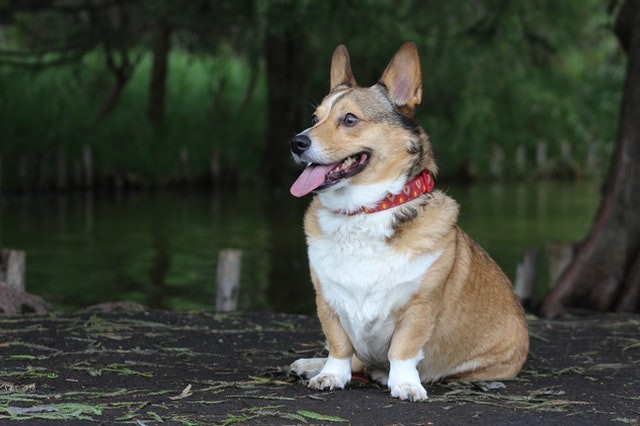Dogs, in American culture, are cherished and adored. Countless hours are given to finding suitable products for young dogs, controlling them with treats, and worrying about how they will cope with separation anxiety because of how loving they are. But how has life been before dogs became man's best friend?
The history of dog domestication is dim, especially when it is about the coming of the first dogs in the Americas. Did dogs come with the first humans to the Americas, or did they turn up later?

New Research Gives an Answer.
A study in the journal Proceedings of the Royal Society B published on Tuesday genetically authenticates the oldest dog remains found in the Americas. The skeleton bone in question is nearly 10,150 years old. These new results exceed the previously known to be the oldest confirmed American dog remains by approximately 240 years.
This research advocates dogs that traveled to the Americas with the first humans, explicitly through a coastal route that followed the Cordilleran Ice Sheet where It began retracting roughly 17,000 years ago, thereby giving humans the chance to migrate to the Americas along with their dogs.
Co-author Charlotte Lindqvist, an associate professor at the Buffalo University, reporting to Inverse, "Our research advocates that dogs participated in this initial migration, there are small findings of ancient bone remains from humans in the New World, as well as dogs"
How the Researchers Did It
Researchers examined a canine femur bone and sighted an Alaskan cave called the Lawyer's Cave. They then compared these Alaskan remains found in Lawyer's Cave with data from modern dog breeds, pre-contact dogs, and historic Arctic dogs. These are dogs that existed in the Americas before colonization by Europeans.
Cave explorers revealed these ancient Alaskan remains decades ago. However, researchers suspected that the femur bone pertained to a bear, but later discovered that it belonged to a dog. Based on few archaeological findings, some researchers previously theorized that dogs arrived in the Americas after humans.
Ancient Alaskan Dog
Lindqvist said, "However, based on the relatively few physical proofs we do have, the remains of dogs are no older than roughly 10,000 years old, and this falls behind the oldest human remains that are more than 12,000 years old and archaeological treasures that are even older."
As identified in the study as PP-00128 -The genetic analysis of ancient Alaskan dog remains disproves these previous assumptions. Eventually, the team wanted to discover when this ancient Alaskan dog genetically separated from pre-contact dogs. The timing of this genetic separation can be evaluated from DNA data.

The Next Step
According to the research, there may be higher amounts of pre-contact dogs originating in modern dogs than subsequently thought. Modern dogs are grouped into four haplotype groups, pre-contact dogs are haplotype A.
Subsequently, scientists discover a small genetic intersection between seven modern dogs and pre-contact dogs. In this research, they (scientists) also found an Alaskan Eskimo dog with a thoroughly different precontact origin compared to other modern dogs.
More investigation is needed to know for sure but we do know that the story of the Americas is somehow like a story of dogs.
RELATED ARTICLE : Here is How Dogs Contribute to the Society
For more news, update about dogs and similar stories don't forget forget to follow Nature World News!
© 2025 NatureWorldNews.com All rights reserved. Do not reproduce without permission.





